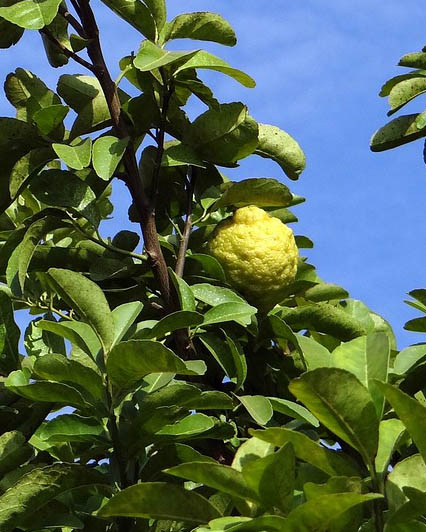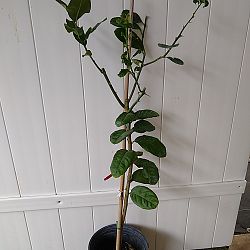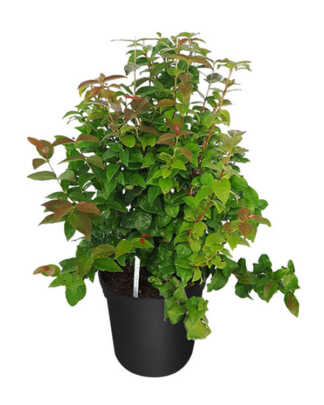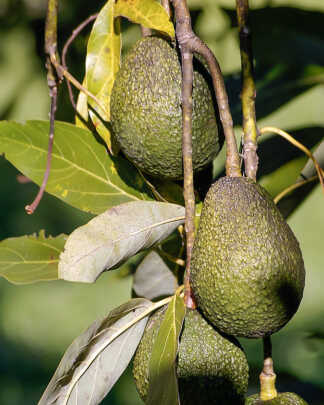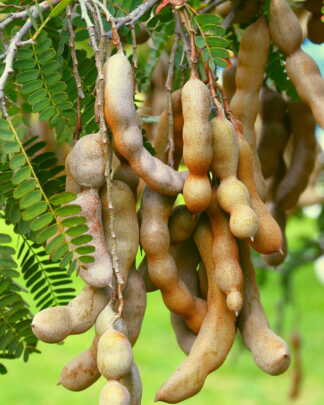Description
Caring for your Citrus Tree
Citrus trees, with their vibrant fruits and fragrant blossoms, are a delightful addition to any garden or patio. Whether you’re growing lemons, limes, oranges, or other citrus varieties, these trees bring a touch of the Mediterranean to your home. While citrus trees are relatively easy to care for, they do require specific conditions to thrive. This guide will provide you with all the essential information on how to properly care for your citrus trees, ensuring they stay healthy and productive for years to come.
Light
Selecting the appropriate location is crucial for the growth and health of citrus trees. Citrus trees need plenty of sunlight—at least 6 to 8 hours of direct sun per day. A sunny, south-facing location is ideal. When grown in colder climates, citrus trees can be kept in containers and moved indoors during the winter to protect them from frost.
Ensure that the planting site has well-drained soil. Citrus trees do not tolerate waterlogged conditions and may suffer from root rot if left in standing water. Sandy or loamy soils that drain well are perfect, but if you have heavy clay soil, consider planting the tree in a raised bed or large container with a well-draining potting mix.
Water
Proper watering is essential for citrus trees to develop healthy roots and produce juicy fruit. Newly planted citrus trees need to be watered deeply and regularly, especially during the first two years while they are establishing their root systems. Water the tree when the top 1-2 inches of soil feels dry to the touch.
For mature citrus trees, watering frequency depends on several factors, including climate, soil type, and whether the tree is grown in the ground or a container. Generally, citrus trees need watering once or twice a week during the growing season. During the cooler months, reduce watering to avoid waterlogged soil. Always water deeply, allowing the soil to dry out slightly between waterings.
Fertilization
Citrus trees are heavy feeders and require regular fertilization to stay healthy and produce abundant fruit. Choose a balanced, slow-release fertilizer formulated specifically for citrus trees. Look for a fertilizer that includes nitrogen, phosphorus, potassium, and micronutrients such as magnesium, iron, and zinc, which are essential for citrus growth.
For young citrus trees, apply fertilizer every 6-8 weeks from early spring to late summer. Mature trees can be fed 3-4 times a year. Always follow the manufacturer’s instructions for application rates. Over-fertilizing can lead to salt buildup in the soil, which can harm the tree.
Pruning
Pruning citrus trees is necessary to maintain their shape, encourage airflow, and remove dead or diseased wood. Prune your citrus tree in late winter or early spring, just before the new growth begins. Remove any crossing branches, suckers (shoots growing from the base or roots), and thin, weak stems to help the tree direct its energy toward healthy growth and fruit production.
While pruning, aim to maintain an open, vase-like shape that allows light and air to penetrate the center of the tree. This reduces the risk of fungal diseases and helps improve fruit quality.
Pest and Disease Management
Citrus trees are susceptible to several pests and diseases, including aphids, scale, spider mites, and citrus leaf miners. Regularly inspect your trees for signs of infestation, such as discolored leaves, sticky residue (honeydew), or webbing. If pests are present, use insecticidal soap, horticultural oil, or natural predators like ladybugs to control the population.
Common diseases affecting citrus trees include citrus canker, root rot, and sooty mold. To prevent diseases, ensure proper air circulation by pruning and spacing trees adequately, avoid overhead watering, and keep the area around the tree free of fallen leaves and debris. If you notice signs of disease, such as yellowing leaves, black spots, or oozing lesions, consult with a local nursery or agricultural extension service for appropriate treatment options.
Harvesting
Knowing when to harvest citrus fruit is crucial to enjoy the best flavor and texture. Most citrus fruits, such as lemons, limes, and oranges, are harvested when they are fully colored and slightly soft to the touch. However, some varieties, like lemons, can be picked when they are still green and allowed to ripen off the tree.
Citrus fruit does not continue to ripen after being picked, so ensure they have reached their peak before harvesting. Gently twist or cut the fruit from the tree, taking care not to damage the branches.
Note: Citrus trees have different care needs depending on the season. During the growing season (spring and summer), focus on regular watering, feeding, and monitoring for pests and diseases. In the fall, reduce fertilization to help the tree prepare for dormancy. In winter, protect citrus trees from frost by covering them or moving potted plants indoors. Prune in late winter before new growth begins.

